|
|
|
Книги издательства «Oxford University Press»
|
Pippi Longstocking is one of the most popular children's characters of all time and is still much loved by millions of children today. This collection of Pippi stories will introduce her adventurous spirit to a whole new generation of readers. Pippi Longstocking is nine years old and lives all by herself with a horse, a monkey, a suitcase full of gold, and no grown-ups to tell her what to do. She's wild and funny and her crazy ideas are always getting her into trouble! In this single-volume edition of three favourite books, Pippi performs at the circus, is reunited with her long-lost father, and takes her friends Tommy and Annika on a trip to the Canny Canny Islands. She also finds a squeazle, gives a shark a good telling-off, and turns 43 somersaults in the air before breakfast! Everything's fun with Pippi around! This edition is illustrated throughout with black and white line drawings by best-selling artist Tony Ross. |

|
In these four new stories, illustrated by Korky Paul, everyone's favourite witch is on the lookout! She's looking for her teddy bear, she's looking at Wilbur when he takes a starring role in a TV advert, she's looking pretty wobbly when she tries to ride a bike, and she's looking at stars (as well as the odd alien) on a stargazing sleepover! Fans who have grown up with Winnie, or those new to her charms, can enjoy her chaotic capers in this latest young fiction title, perfect for reading alone or for sharing at bedtime. Korky Paul's exuberant black line illustrations complement the humour, slapstick, and moments of real drama that run through each story. Pure magic! |
|
This handbook will be useful for both beginning and experienced teachers who want to improve their practical strategies in teaching second language reading and their understanding of the reading process. The book examines a variety of approaches from classrooms and research that are used in teaching reading, and explores teaching methods focused on strategies. Teachers are encouraged to think about their own beliefs and opinions on the nature of reading and to examine their own personal reading activities. |
|
This book is for teachers, trainers, and course organizers in the field of Business English or considering a move into it. It gives background to the business learner's world and strategies for approaching the training task, focusing on the learner's professional knowledge and experience. |
|
An accessible overview of this increasingly important field. English is the major language of international communication, and everyone wants to learn it. But which English, and how? This book questions the cultural assumptions underlying much English teaching, and suggests classroom aims and teaching methods based on the requirements of an international language. |
|
This is a comprehensive introduction to teaching the pronunciation of North American English. It includes an illustrated description of the sound system of English, ideas for overcoming pronunciation problems specific to fifteen different languages, and a variety of approaches and techniques for use in the classroom. |
|
A comprehensive and readable introduction to teaching English. Clear and jargon-free, it is easy to follow and suitable for initial teacher training, but also provides guidance and fresh ideas for more experienced teachers. It offers realistic ways of achieving success even with large classes and few resources. |
|
This series offers useful references for language teachers, teacher trainers, and trainees. This book provides an introduction to the theory and practice of intercultural business communication, and surveys some key cultural dimensions and case studies. |
|
A practical toolkit which helps teachers promote effective language learning among migrants and refugees who have come to settle in countries where English is the national language. The focus is on practical techniques and activities, underpinned by the latest thinking in linguistics, to enable teachers to develop their teaching skills. |
|
Doing Second Language Research provides an accessible introduction to language learning research, and a 'feel' for what research activities are like, by engaging the reader in several roles within a variety of mini-studies across a range of research design types, both quantitative and qualitative. Roles include that of research subject, research organizer, research data, research data collector, research data analyst, and research reporter. The book systematically explains the characteristics and purposes of various types of research, terminology, the logic underlying selection, and the steps typical of each type of research design. It also offers an intoduction to some of the classic research studies by engaging readers in thinking about and discussing these studies as well as participating as subjects in adapted versions of them. |
|
There is currently enormous interest in task-based teaching and learning. But some teachers are still unsure of how to put it into practice. This book gives examples of a range of task sequences suitable for all levels of learners, using both written and spoken English. The advice is based firmly in the classroom and includes contributions from teachers from around the world who are enthusiastic about task-based teaching. It takes account of research into language learning, and is ideal for both practising teachers and those on TEFL/TESOL courses. |

|
A thoroughly updated edition of this prize-winning, readable introduction to the main theories of first and second language acquisition. This book introduces you to some of the language acquisition research that will help you not just to evaluate existing materials, but also to adapt and use them in a way that fits what we currently understand about how languages are learned. — Content including new research and new areas in pedagogy to provide an up-to-date and comprehensive overview of research in the field. — Chapter Preview s and Summaries with round-up questions. — Companion website with vodcasts, content updates, and shared user content. — Also available as an e-book. |
|
This highly-readable book brings together theory and practice, giving you a better understanding of why and how technology can enhance language learning. It helps you become more familiar with technology tools you can use in class, and gives you a better understanding of how to use them for language learning. Practical tasks help you reflect on their use. |

|
This work investigates real-world problems involving language. As such it has the difficult task of mediating between academic expertise and lived experience, attempting to reconcile opposed interests and perspectives. This clearly written introduction provides a concise but comprehensive overview of the most pressing and controversial issues surrounding contemporary language use today, including intercultural communication, political persuasion, new technologies, the growth of English, language in education and foreign language teaching and learning. |
|
Explains what grammar really is, why languages have to have it, and how different languages exploit it. An introduction by leading grammar expert Michael Swan on the theoretical and pedagogical approaches to grammatical description, the notion of universal grammar, the role of grammar in establishing social and educational norms, and the possible future grammar of International English. The author shows that grammar need not be tedious at all, but provides fascinating insights into the different ways in which we conceive of the world and communicate with others. |
|
A short, accessible introduction to this key area of language study by a respected expert in the field. Describes some of the creative processes by which new senses develop for words and phrases. Informs the reader about current thinking and acts as a guide for further enquiry. |

|
Translation is one of the most important cross-linguistic and cross-cultural practices. This short introduction focuses on what you need to know about it: the different perspectives on translation and key issues such as equivalence in translation, translation evaluation, and the role of translation in language teaching, globalization, and intercultural communication. |

|
This popular series of readers has now been completely revised and updated, using a new syllabus and new word structure lists. Readability has been ensured by means of specially designed computer software. Words that are above level but essential to the story are explained within the text, illustrated, and then reused for maximum reinforcement. |

|
This popular series of readers has now been completely revised and updated, using a new syllabus and new word structure lists. Readability has been ensured by means of specially designed computer software. Words that are above level but essential to the story are explained within the text, illustrated, and then reused for maximum reinforcement. |
|
This popular series of readers has now been completely revised and updated, using a new syllabus and new word structure lists. Readability has been ensured by means of specially designed computer software. Words that are above level but essential to the story are explained within the text, illustrated, and then reused for maximum reinforcement. |
|